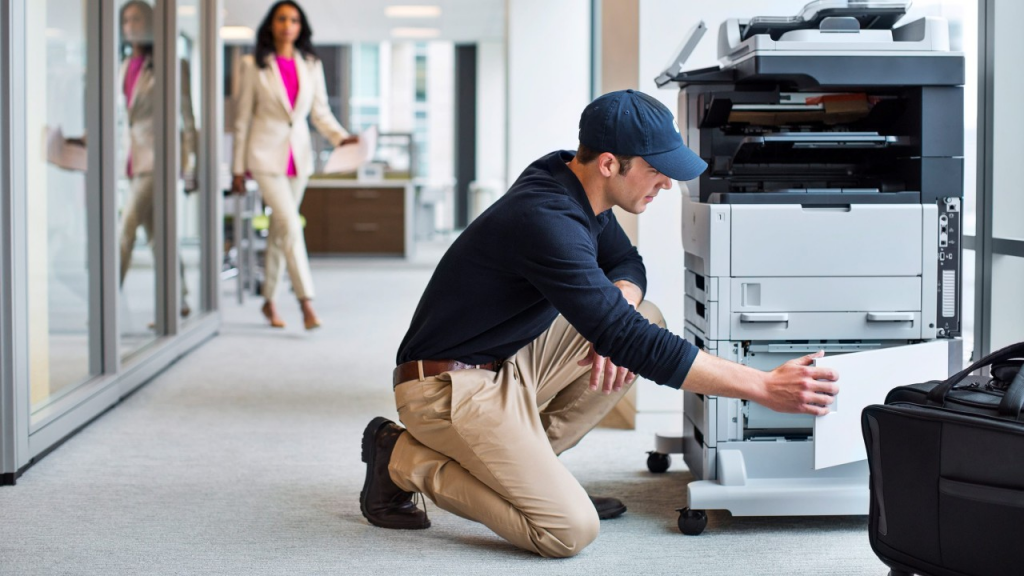Printers are essential devices in both homes and offices, but they can sometimes be a source of frustration when they encounter issues. This article provides an overview of common printer problems and offers troubleshooting steps for printer repair.
Printers have become a staple in our daily lives, allowing us to produce physical copies of documents, photos, and more with just a few clicks. However, like any technology, printers can experience issues that disrupt their functionality. Here’s a guide to troubleshooting some of the most common printer problems:
Paper Jams: One of the most prevalent issues, paper jams can occur for various reasons, including incorrect paper loading, worn-out rollers, or debris inside the printer. To fix this, carefully remove the jammed paper, clean the printer’s interior, and ensure the paper is loaded correctly.
Print Quality Problems: Blurry, streaky, or faded prints are often the result of issues with ink or toner cartridges. Check for low ink levels, replace cartridges if necessary, and perform cleaning cycles or calibration routines provided by the printer software.
Connectivity Issues: If your printer isn’t responding to print commands, check its connectivity. Ensure it’s properly connected to the computer via USB or over the network, and make sure it’s powered on.

Slow Printing: Slow printing can be attributed to factors like the printer’s settings, connection speed, or the complexity of the document. Adjust the printer settings for a faster print speed and ensure your printer driver is up to date.
Wireless Printing Problems: When printing wirelessly, connection issues can arise. Restart your router and printer, ensure they are on the same network, and update printer firmware if available.
Driver Issues: Outdated or corrupted printer drivers can lead to malfunctions. Visit the printer manufacturer’s website to download and install the latest drivers.
Ink or Toner Smudging: Smudges on printed pages can result from wet ink or toner not properly bonding to the paper. Allow prints to fully dry before handling them, and consider adjusting the printer’s quality settings.
Unusual Noises: Strange noises, such as grinding or clicking sounds, could nạp mực in bình chánh mechanical issues. Inspect the printer for foreign objects or worn-out parts and consult the manufacturer if needed.
Error Messages: Error messages on the printer display or computer screen often provide clues about the problem. Look up the error code in the printer’s manual or online for troubleshooting steps.
Blank Pages: If your printer produces blank pages, check that the ink or toner cartridges have sufficient supply and are properly installed. Run a print head cleaning cycle if applicable.
Remember that these troubleshooting steps are general guidelines. If you encounter persistent issues or are unsure about attempting printer repairs on your own, it’s advisable to seek professional printer repair services.
